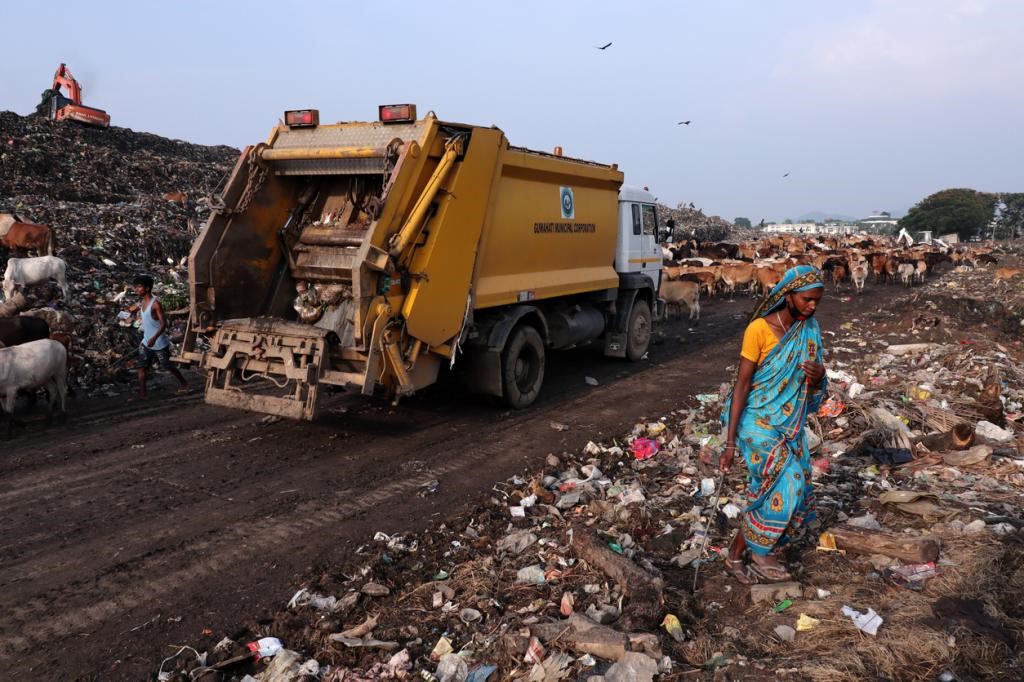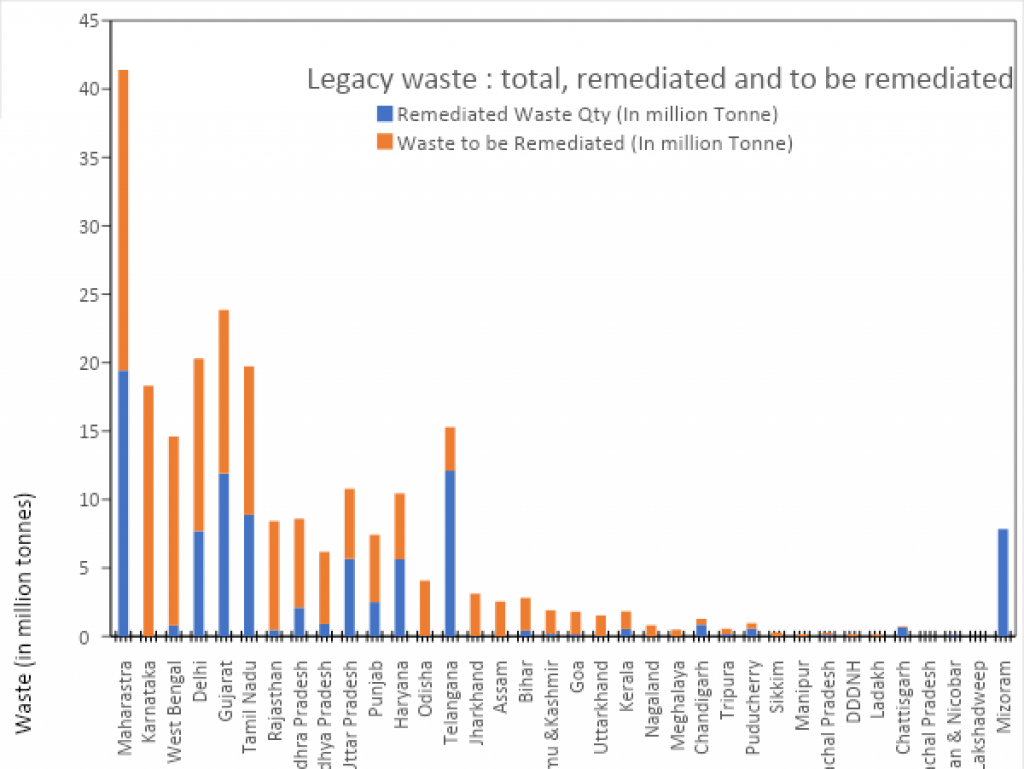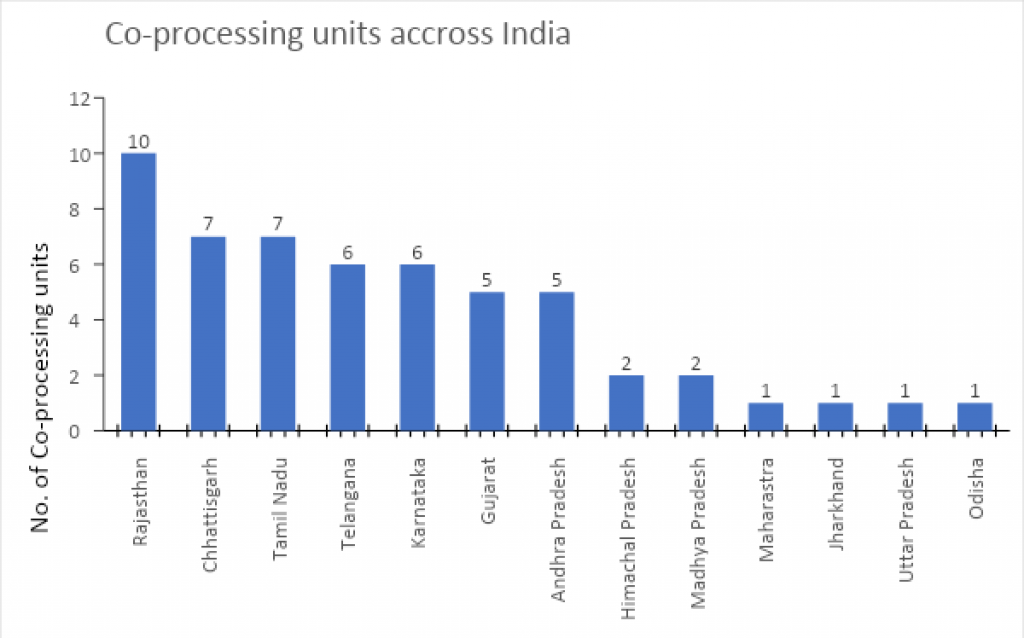Description

Disclaimer: Copyright infringement not intended
Context
- Dumpsite remediation in India is of paramount importance due to its far-reaching implications for the environment, public health, and overall quality of life.
- These dumpsites, often characterised by uncontrolled waste disposal, emit harmful gases like methane, contribute to air and water pollution and pose serious health risks to nearby communities.
Details
Mission Garbage –free
- The government of India has recognized the importance of dumpsite remediation and has set a target of remediating all dumpsites in India by 2025 under the Swacch Bharat Mission (SBM) 2.0.
- To achieve the vision of “garbage-free” cities with SBM 2.0 guidelines, many urban local bodies across the country have accelerated the remediation process.
Data
- More than 7 million tonnes, constituting 36 percent of the total legacy waste, have been remediated all over the country, reclaiming 3,477 acres of area as per the SBM urban dashboard, accessed on August 30, 2023.
Status of State on Dumping Remediation

- Mizoram has completely remediated its legacy waste, reclaiming three acres of area, according to the SBM dashboard data.
- Meanwhile, Chandigarh, Haryana, Uttar Pradesh and Gujarat have addressed approximately 50 to 60 percent of the total legacy waste present in their dumpsites, the data from the dashboard showed.
- However, in some states, the process of managing dumpsites has not caught up.
- A total of 13 states and three Union Territories are lagging behind the target, according to the dashboard data, having less than 10 percent of remediation.
- Some of these regions haven’t even started the remediation and are densified with 71 million tonnes of legacy waste. This showcases the uneven trends of remediation across different Indian states.
Issues with the state
- Given the unavailability and accessibility of legacy waste processing equipment, states have to find economically feasible disposal options for excavated segregated combustible fractions and fine soil-like particles.
- Assam, Nagaland, Manipur, Sikkim, Meghalaya and UTs of Ladakh and Jammu & Kashmir are on mountainous terrains, making it difficult to transport and utilise the fractions after bio-mining. Other states include Karnataka, Jharkhand, Rajasthan, West Bengal, Odisha and Goa.
- About eight percent of the total legacy waste comprises segregated combustible fractions (SCF) like plastics, paper, textiles, leather, wood,
- India is estimated to produce 19.6 million tonnes of SCF by remediating legacy waste that can be diverted to the co-processing cement plants.
Availability of co-processing plants
- There are limited 54 co-processing units in India, where only 13 states have operational units, ranging from 1 to 10 units per state, making remediation of combustibles difficult for urban local bodies.
- The proximity of cement co-processing plants is further adding to the cost of transportation.

- With 10 units, Rajasthan has the maximum number of co-processing plants, followed by Chhattisgarh. However, Rajasthan hasn’t yielded much from its capacity of handling refuse-derived fuels (RDF).
- On the other hand, seven units at Chhattisgarh have supported much of its good remediation statistics.
- The ability to utilise alternative combustibles to replace fossil fuels is as low as three percent in India with a mean utilisation of 0.6 percent alternative fuel from SCF and RDF.
- Meanwhile, the European Union and the United States have thermal substitution rates of 44 percent and 16 percent, respectively, so the task is achievable.
Applications for fine soil-like substance
- The use of fine soil-like material recovered from legacy trash dumpsites in road construction and as filler material in low-lying areas offers a long-term and cost-effective solution to two critical concerns.
- Not only are the environmental concerns connected with waste dumps lessened by recycling this recovered material, but essential infrastructure needs are also addressed.
- The use of recovered fine soil in road construction can improve engineering features while reducing demand for virgin soil resources.
- Similarly, as a low-lying filler material, the fine fraction contributes to the elevation and stabilisation of flood-prone terrain, thereby transforming formerly unusable places into significant assets for development and flood control.
.jpg)
Conclusion
- Thus, using fine soil-like material from garbage dumpsites not only encourages sustainable construction but also helps to create a greener and more resilient urban environment.
- It is crucial to note, however, that the acceptability of recovered material from dumpsites for construction and filling applications is dependent on several criteria, including its composition, contamination levels, and treatment.
- Thorough testing and evaluation of the recovered material is required to guarantee that it meets the engineering and environmental standards for its intended application.
- Furthermore, legal and permitting restrictions may apply to the use of waste materials in buildings; therefore local regulations must be followed.
|
PRACTICE QUESTION
The use of plastics has led to a significant increase in pollution and the destruction of marine ecosystems. Discuss the impact of plastic pollution on the environment and suggest measures to reduce it and protect marine life.
|














